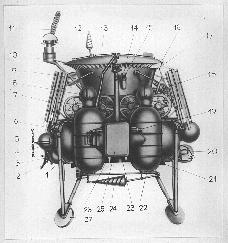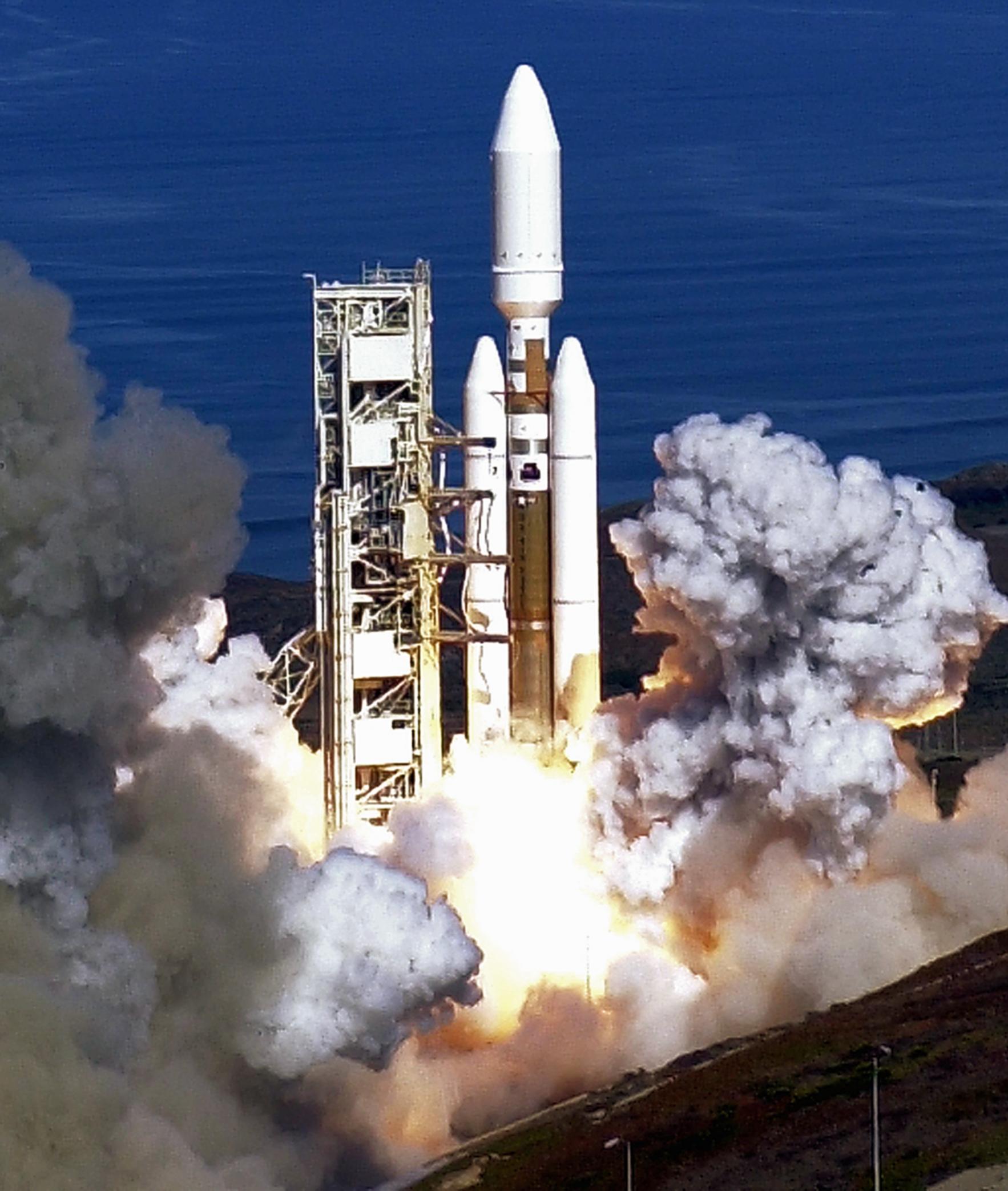Ten years ago today — November 21, 2000 — the EO-1 (Earth Observing mission 1), was launched from Vandenberg AFB on a Delta-II rocket.

(EO-1 image of the island of Oahu. NASA image.)
EO-1 was the first earth-observing spacecraft in the New Millennium Program, a NASA program to use low-cost spacecraft to test new technologies.
The same Delta-II rocket also launched the Swedish Munin nanosatellite designed to research the formation of aurarae, and the SAC-C remote sensing satellite built by a coalition of the U.S., Argentina France, Italy, Denmark, and Brazil.
___
Update: Edited to note that EO-1’s status not as the first spacecraft in the NMP, but as the first earth-observing spacecraft in the NMP.

















